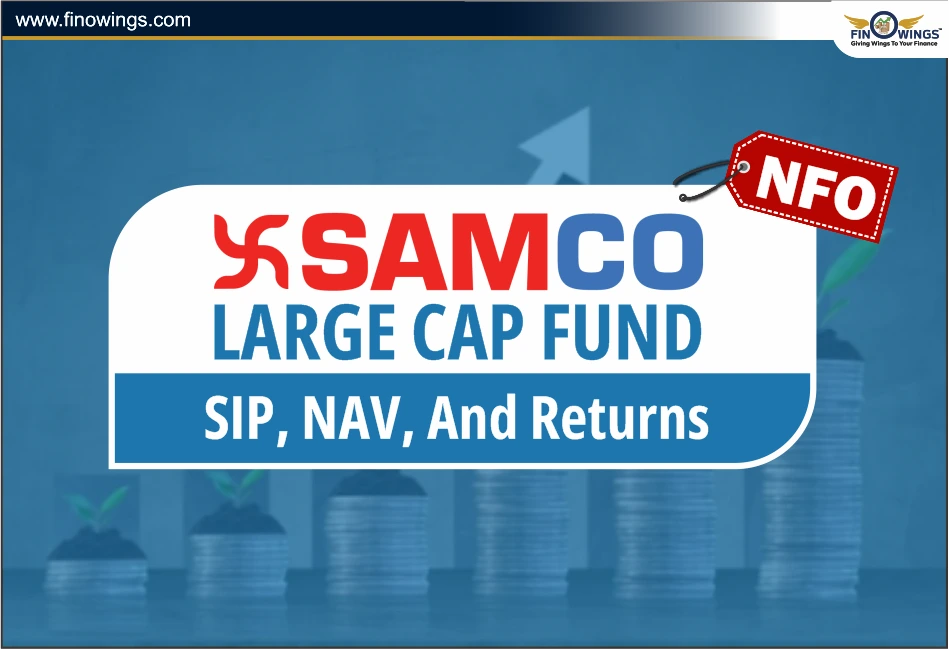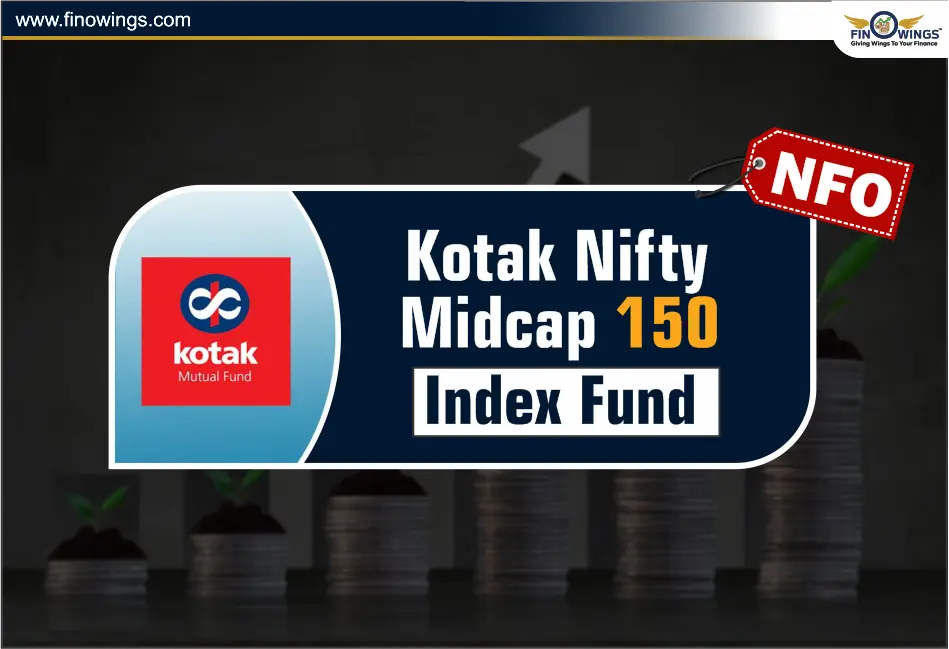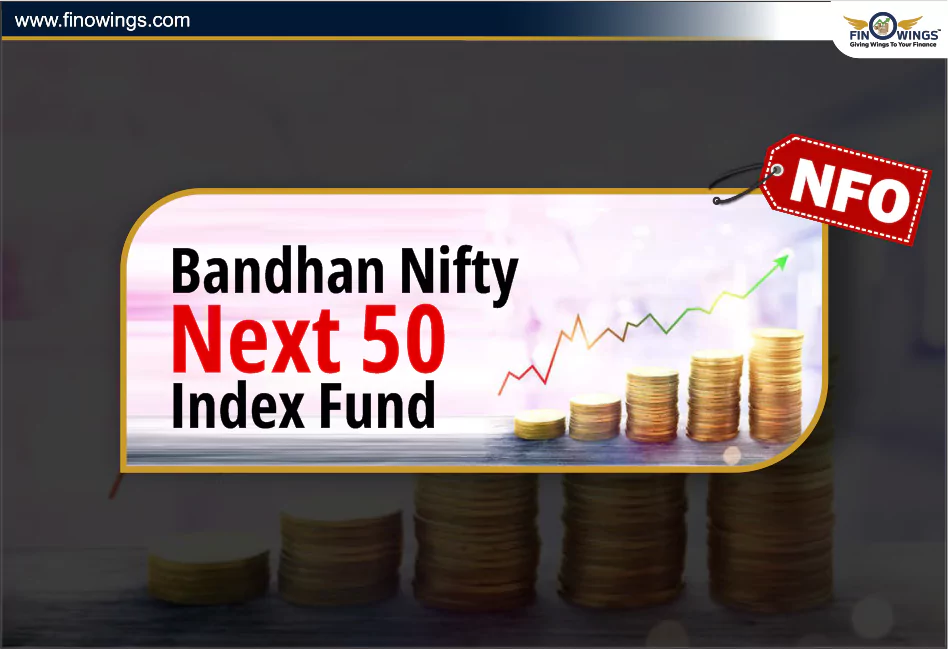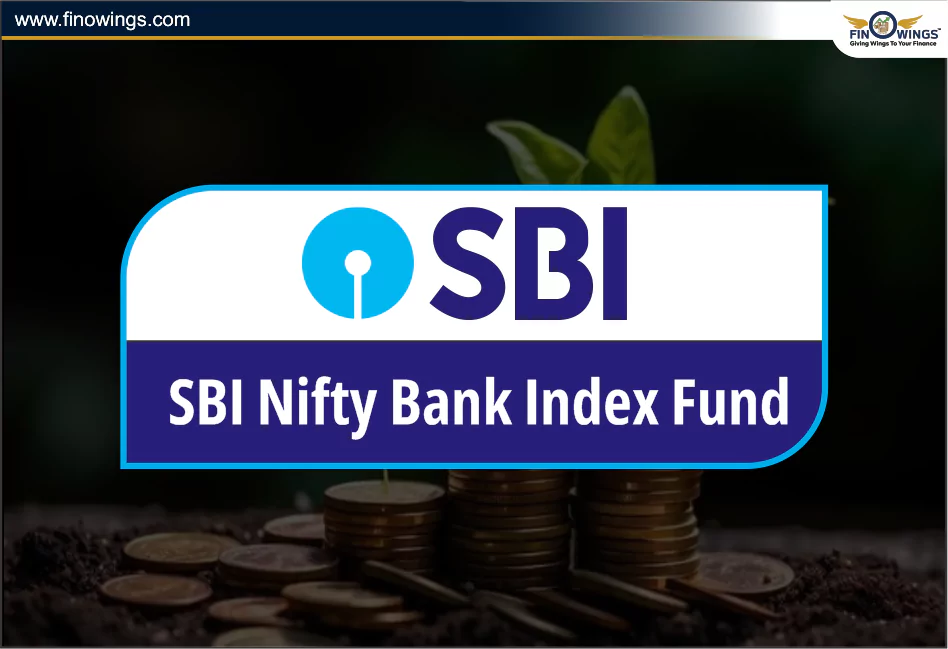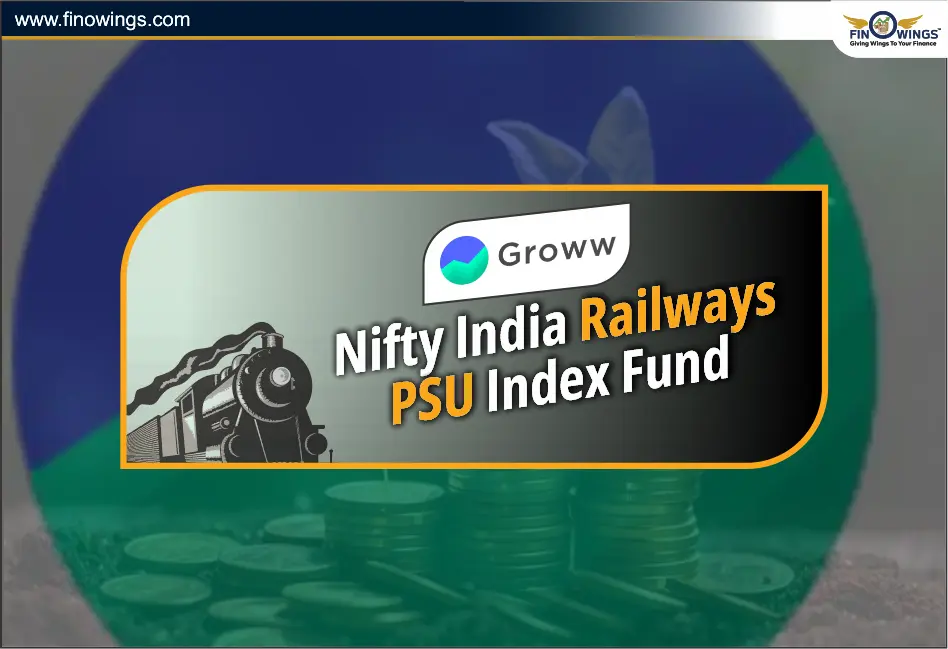Home >> Blog >> Baroda BNP Paribas Nifty200 Momentum 30 Index Fund NFO
Baroda BNP Paribas Nifty200 Momentum 30 Index Fund NFO

Table of Contents
- Baroda BNP Paribas Nifty200 Momentum 30 Index Fund: Complete Overview
- Investment Objective
- Key Highlights: Nifty200 Momentum 30 Index Fund
- What is Momentum?
- What is Momentum Investing?
- Nifty200 Momentum 30 Index Returns/Performance
- Baroda BNP Paribas Mutual Fund Details
- Fund Overview
- How to Invest in The Scheme After the Closure of The NFO?
- Peers of Baroda BNP Paribas Nifty200 Momentum 30 Index Fund
- Risk Factors In Such Funds
- Past Performance of Nifty200 Momentum 30 Index Funds
- Baroda BNP Paribas Nifty200 Momentum 30 Index Fund- Fund Managers:
- Conclusion
Baroda BNP Paribas Nifty200 Momentum 30 Index Fund: Complete Overview
Baroda BNP Paribas Mutual Fund launched the Baroda BNP Paribas Nifty200 Momentum 30 Index Fund. Baroda BNP Paribas AMC has set a price of Rs.1000 for this Scheme. This new fund offer is available from September 25, 2024, to 09 October 2024. This mutual fund scheme reopens for sale and repurchases within 5 business days from the date of allotment and carries a very high risk.
Based on their momentum scores, it will invest in a portfolio of 30 companies chosen from the Nifty 200 Index. The new NFO Mutual Fund will invest in stocks that have performed well in the past with the hope that they will continue to do so.
The allocation assets will follow as 95-100% in cash and cash equivalents, 0-5% in money market instruments, and units of liquid schemes comprised of the businesses that make up the Nifty 200 Momentum 30 Total Returns Index.
“Our fund offers the cost-efficiency of passive investing while leveraging factor-based strategies for potential outperformance.”-CEO, Baroda BNP Paribas AMC.
He further added that momentum investing has shown to be a successful strategy in India.
Investment Objective
Baroda BNP Paribas Nifty200 Momentum 30 Index Fund is an open-ended scheme that aims to offer investment returns that, subject to tracking errors, fees, and expenses, closely match the total returns of the stocks as represented by the Nifty200 Momentum 30 Total Returns Index before expenses.
The new fund seeks to reduce exposure to smaller, more volatile companies while offering investors a momentum-driven investment strategy.
Key Highlights: Nifty200 Momentum 30 Index Fund
-
Since its launch, the Nifty 200 Momentum 30 Index has historically outperformed the Nifty 50 Index both in average rolling and point-to-point returns.
-
In the Nifty 200 Momentum 30 Index TRI, an investment of Rs.1 lac in April 2005 would have grown to over Rs.46 lac, compared to Rs.15.5 lac in the Nifty 50 TRI, or roughly 3x better returns.
-
Over the last 15 years, the Nifty 200 Momentum 30 Index TRI has outperformed the Nifty 50 TRI, with a CAGR of 22% as opposed to 13%.
What is passive investing?
-
Passive Investing tracks or closely imitates a predetermined benchmark or index.
-
A rule-based portfolio that eliminates individual biases and selects stocks or companies according to predetermined rules.
-
A portfolio that reflects the market's collective wisdom, with index performance subject to tracking inaccuracy and costs.
-
Because the fund management doesn't actively make decisions, the expense ratio is typically lower than in an active mutual fund scheme.
Passive Investing in India
-
Retirement fund flows, particularly Employee Provident Fund Organization (EPFO) flows, are the main source of growth for passive AUM.
-
Investors seek out more straightforward investment options, such as index funds, as markets grow more efficient.
-
The Passive investing market share in terms of total market AUM has risen to 16.5% in August 2024 from 8.5% in August 2020.
-
With a CAGR of 49%, Passive AUM increased by 7x in 5 years.
-
As markets become more efficient, investors want to simpler investment options like index funds.
What is Momentum?
-
The tendency of an object in motion to continue moving is known as momentum.
-
To put it in financial terms, rising stocks are anticipated to rise further, and vice versa.
What is Momentum Investing?
The only consideration for investing is price return since momentum investors "Buy High & Sell Higher."
This approach of trend following focuses on purchasing equities during an uptrend and selling them when the trend shifts.
Stocks with the highest momentum score are chosen for investing. The momentum Factor assigns a momentum score based on returns for a specific time, such as 6M / 12M.
Nifty200 Momentum 30 Index Returns/Performance
In terms of CAGR, the Nifty200 Momentum 30 Index has produced 69% returns in 1 year, and the Nifty 50 TRI has given 33% only.
In terms of Avg. Rolling returns, the Nifty200 Momentum 30 Index has produced 24% in 1 year and the Nifty 50 TRI has given 17% only.
Who should invest in this fund?
Might be suitable for long-horizon returns seekers and make investments in equities and equity-related assets that replicate the Nifty200 Momentum 30 Index's composition to attain the specified index's returns, subject to tracking error.
Scheme Plan:
Baroda BNP Paribas Nifty200 Momentum 30 Index Fund-Direct-Growth Plan
Baroda BNP Paribas Nifty200 Momentum 30 Index Fund-Regular-Growth Plan
Baroda BNP Paribas Mutual Fund Details
-
Presence across 90 cities.
-
Offers approx.34 mutual fund schemes.
-
AUM of Rs.35646.45 crore (as of 31 Mar 2024)
Click Here To Stay Updated With The Upcoming NFO
Fund Overview
|
Start Date |
25 September 2024 |
|
End Date |
09 October 2024 |
|
Allotment Date/Subscription Date/Re-open Date |
The scheme reopens within 5 business days after the allotment date for continuous sales and repurchases. |
|
VRO Rating |
- |
|
Expense Ratio |
Nil |
|
Exit Load |
0.2% if units are redeemed in less than 7 days. |
|
AUM |
Rs.35646.45 crore. |
|
Lock-in |
NA |
|
Stamp Duty |
0.005% (From July 1st 2020) |
|
Benchmark(s) |
Nifty200 Momentum 30 Total Returns Index |
|
Min. Investment |
Rs.1000 |
|
Risk |
Very High Risk |
|
Short-Term Capital Gains (STCG) |
For less than 2 years, as per Tax Slab. |
|
Long-Term Capital Gains (LTCG) |
For more than 2 years, a 12.50% Tax is applicable. |
How to Invest in The Scheme After the Closure of The NFO?
If you have missed participating in the NFO and now want to invest in the same Scheme on a continuous basis, then within 5 business days from the date of allotment when the Scheme will reopen; you will have the option to participate and invest directly in the Mutual Fund by spending at NAV based price by logging on to your Demat account and search for “Baroda BNP Paribas Nifty200 Momentum 30 Index Fund” or directly with the AMC or simply click the ‘Banner’ below.
Asset Allocation (% of Total Assets) of the Scheme's portfolio will be as follows:
|
Types of Instruments |
Minimum Allocation (% of Total Assets) |
Maximum Allocation (% of Total Assets) |
Risk |
|
Equity and equity equivalents comprised the businesses that make up the Nifty 200 Momentum 30 Total Returns Index |
95 |
100 |
Very High |
|
Money market instruments, units of liquid schemes, and cash & cash equivalents. |
0 |
5 |
Low to Medium |
Peers of Baroda BNP Paribas Nifty200 Momentum 30 Index Fund
|
Scheme |
1Y Return |
AUM (Rs.) / Fund Size (Rs.) |
|
UTI Nifty200 Momentum 30 Index Fund-Regular Plan-Growth |
64.45% |
7,979.66 Cr. |
|
Motilal Oswal Nifty 200 Momentum 30 Index Fund |
64.11% |
830.83 Cr. |
Since this scheme is new, hence no comparable data on its past performance against its peers is available.
Risk Factors In Such Funds
-
Because the passively managed scheme invests in equities within the underlying index, it will be vulnerable to the risks that come with a concentration of capital in a specific industry or company.
-
Due to its mission, the Scheme invests in equities of the underlying index, which is a representation of the Nifty 200 Momentum 30 Index with 30 constituents. As a result, it is susceptible to the risks that come with concentration of this kind.
-
During index rebalancing, the weight of each stock is capped, which could aid in reducing the risk of concentration. Furthermore, the Scheme would be vulnerable to the risks associated with a decline in the stocks' normalized momentum scores between two dates for index rebalancing.
-
The dangers of investing in stocks include price swings since stock markets are prone to volatility and might drop in reaction to developments in the political, regulatory, economic, market, and stock-specific domains, among other areas.
Past Performance of Nifty200 Momentum 30 Index Funds
|
Scheme |
NAV (Rs.) |
Annualised Return |
Risk |
|
UTI Nifty200 Momentum 30 Index Fund-Regular Plan-Growth |
25.81 |
64.45% |
Very High |
|
Motilal Oswal Nifty 200 Momentum 30 Index Fund-Regular |
18.71 |
64.11% |
Very High |
Baroda BNP Paribas Nifty200 Momentum 30 Index Fund- Fund Managers:
-
Mr. Neeraj Saxena
Conclusion
Focus on stocks with upward performance trends, the Baroda BNP Paribas Nifty200 Momentum 30 Index Fund adopts a passive investment strategy that is based on momentum and implements a high-risk strategy to achieve the return of the Nifty200 Momentum 30 index. This product can be suited for those investors who would be interested in taking excessive levels of risks for return, however, the risks associated with the high concentration of the stock driven by market volatility should also be noted.
Disclaimer: This NFO analysis is provided solely for informative purposes and should not be considered investment advice. Always conduct research and talk with a financial advisor before investing.
Frequently Asked Questions
Yearly returns have been 15.54% & 18.85% for 3 years and 5 years.
The Nifty200 Momentum 30 Index is comprised of the top 30 equities with the greatest normalized momentum score.
25 September 2024.











